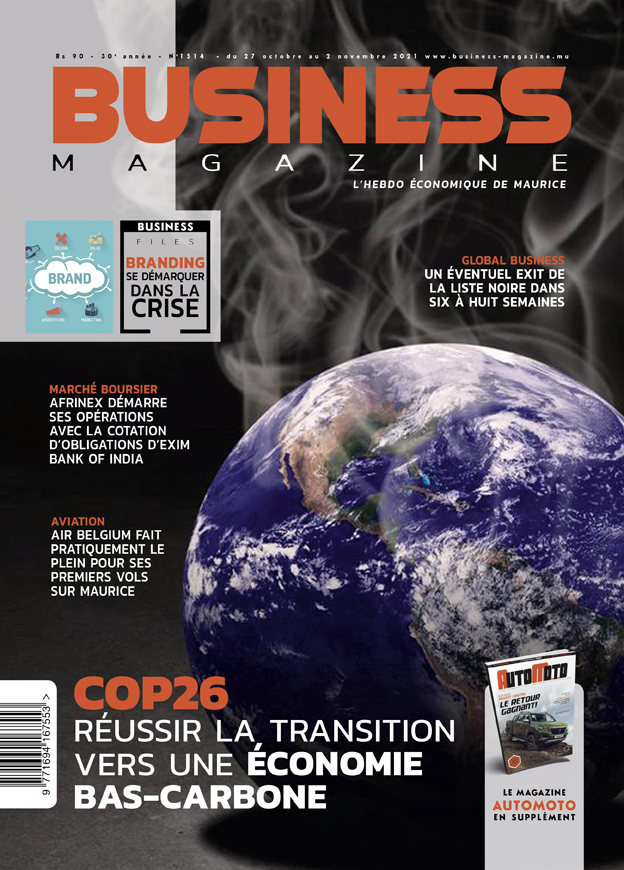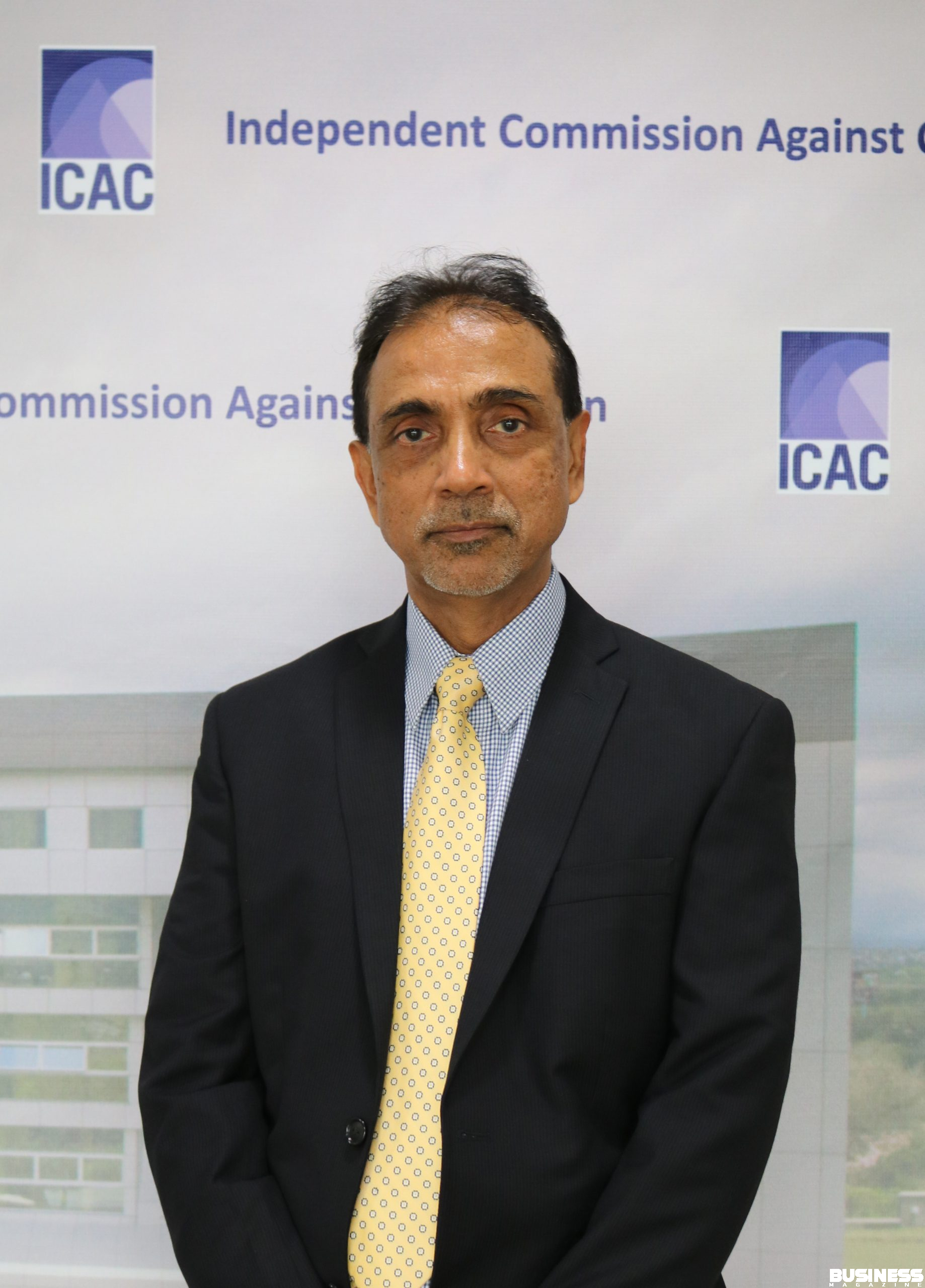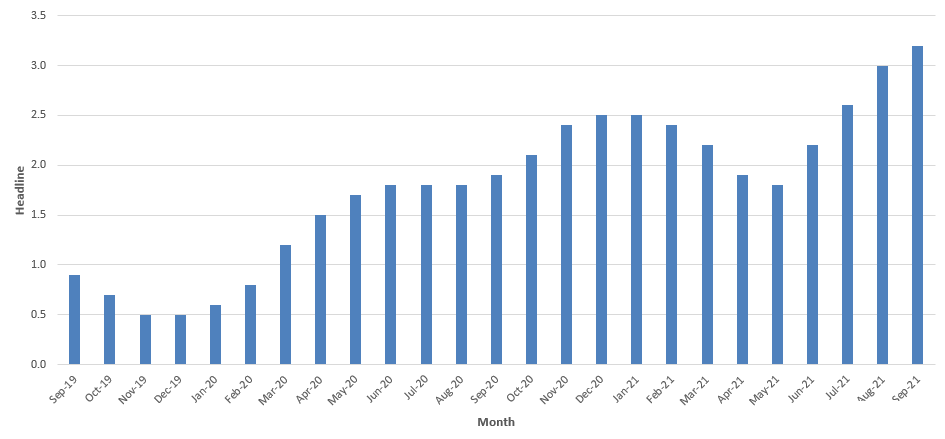ISO 9001:2015 – The Risks
Share

With the recent changes brought to the standard ISO 9001:2008, serious challenges have been opened through the reorientation of the stan-dard towards leadership, risks analysis, improvement opportunities, high level structure, accountability and process analysis.
So far, management has been successful in the implementation of the Quality Management System through combined efforts of factory personnel and the day-to-day running and monitoring activities were assigned to a Quality Management Representative (QMR) who also worked in close collaboration with top management. The incumbent monitors and provided reports on achievements and shortcomings of the Quality Management System (QMS).
The new standard has now done away with the requirement for a QMR and the job is now assigned to top management. The philosophy behind this move is that Managing Directors or General Managers should henceforth be assigned with the role of the QMR and that they should be held accountable for the success as well as for any shortcomings of the Quality Ma-nagement System.
Although in theory this move can be appreciated for its creativity and usefulness, I fear that instead of promoting the Quality Management System, this will in fact deter companies to adopt a QMS approach and may even contribute or encourage companies to abandon the QMS certification and the reasons are:
•Imposing the introduction and management of a QMS does not seem appropriate to the reasoning of some top managers.
•Top management has yet to be convinced to devote time and energy to only one of the governing factors affecting industrial activities.
•Top Management cannot be held personally accountable for the identification of risks in operational processes not under their direct control. Their interest will be more inclined towards investment and return risks for the company and not on individual departmental issues.
•Top management has always expressed their dreams and expectations through their vision and mission statements including quality objectives that bear their landmark and their testimonials.
•The role of the General Manager of the company is to set guidelines for the profitability of the company and the individual decision takers in the respective processes ensure that proper departmental objectives are available for meeting the overall company objectives.
•To hold top management personally responsible for the quality management system of a company is asking management to wear blinkers vis-à-vis Health and safety, Human Resources, Environment, Good Governance, Transparency, etc. and to favour quality over everything else.
•Until quality becomes a major criterion in the overall marketing strategies of buyers and suppliers, other considerations will prevail, as always.
•A General Manager is already a leader, otherwise he would not be appointed to this position. To proclaim that the new standard has a high level structure because it is now professing leadership could be considered as downgrading as far as management is concerned since it implies that leadership did not exist before and is now the result of the new ISO thinking.
•This leadership issue presupposes that auditors will be well versed in management principles and will possess the necessary skills to investigate commitment of top management in an organization. This is a delicate issue and can either uphold or break the certification process.
•With the removal of the need for a quality manual as previously specified in the 2008 version, mainly records will be required. This again presupposes that auditors should be more knowledgeable than experts in the processes being audited.
• Auditors should henceforth be required to play a low profile during audits and to accept management views.
•Previously, during an audit, the Management Representative was highly soli-cited to clear issues with the auditors during internal and external audits. Unless top management devotes time and energy to the QMS process, I foresee a quick death to the certification process unless decision makers decide to make quality a dominating market issue.
•The way that the new standard has been devised, albeit to the interest of organizations, I foresee a lot of time will have to be devoted to manage the expected bickering process between what should (auditor) and what is (auditee).
A complete change in mindset by certification bo-dies will be needed to anticipate resistance to change, to be flexible, to accept that the new standard is now industry-friendly in order to retain and maintain registration. Top Management are known to have their individual characteristics and management styles and any wrong approach can and will see immediate suspension of the audit process. The new standard carries far greater risks than expected benefits.
Far from being pessimistic, I consider that we still have until September 2018 before embarking on the new certification process and as from now, a lot of auditor skills will have to be developed together with the retraining of top management to meet expected challenges.









